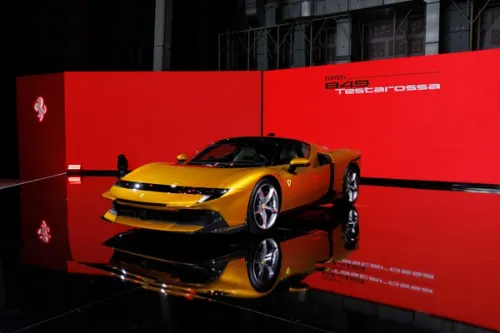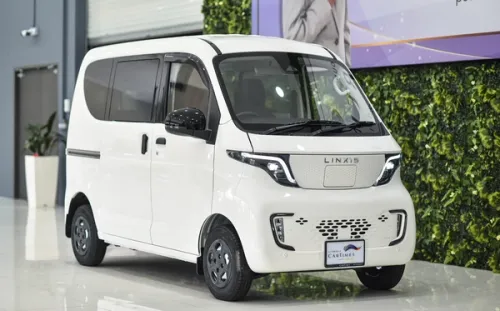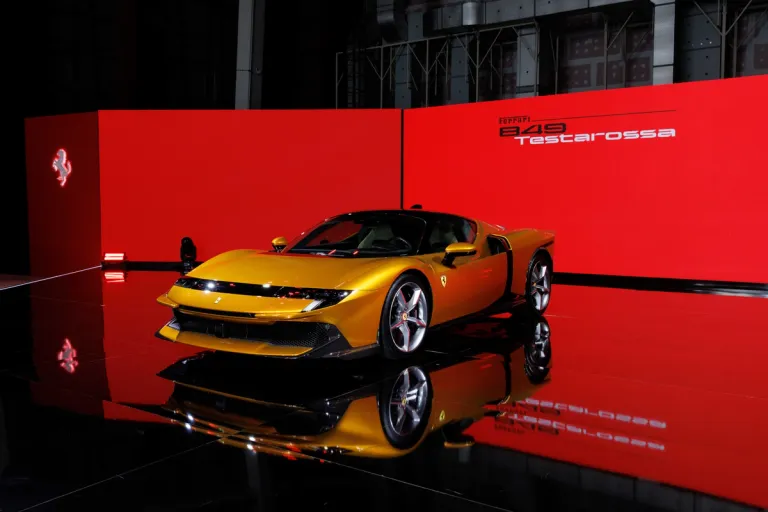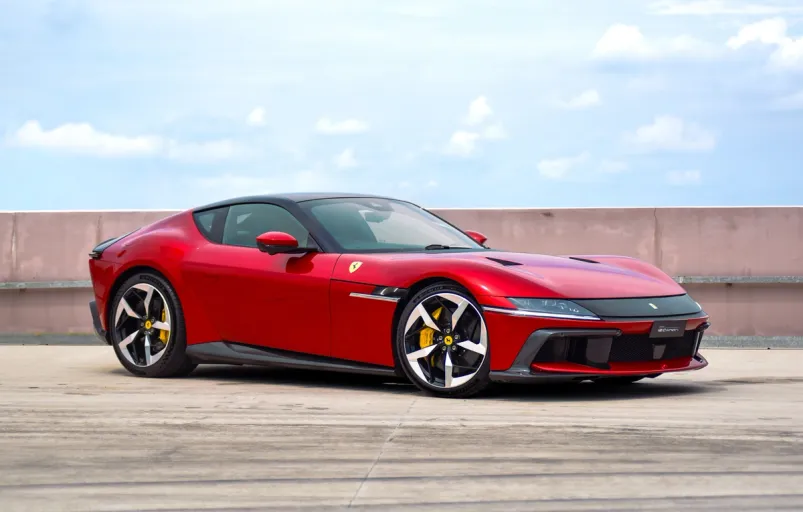Fuel Saving Technologies To Look Out For If You Are Not Ready To Own An EV
Achieving good fuel economy in Singapore is an important topic for many everyday drivers. EVs however, do not seem to be a viable option for the common man just yet. Explore some fuel saving technologies in cars that you can look out for if you are looking to save on fuel but aren't ready to own an EV.

In Singapore, we are on a constant and never-ending quest to save more fuel. Much like seeking enlightenment, the everyday car owner here searches and scours every inch of the internet to find the best ways to reach fuel-nirvana. When we talk about fuel economy, EVs natural find their way into the conversation, and in recent years, the Singapore car market has seen more and more EVs from reputable brands entering the market, and we have come a long way from 2008/2009 when we saw the first utilitarian and un-sexy EVs and Hybrids touch down here. While consumers used to laugh at the early EVs and Hybrids (I can’t even count the number of Prius jokes I’ve heard over the years), they are now excited about what is upcoming in the world of electric cars. This change in impression is probably largely due to the entrance of more premium automakers bringing their EV options to the fray, as seen with the Jaguar i-Pace, the Porsche Taycan, and the Mini Electric. This is further complemented by more EV options in the everyday car sphere, such as the Hyundai Kona and Nissan Leaf to name a few.

Unfortunately, the road to fuel-nirvana isn’t so simple in sunny Singapore, and consumers are burdened by two very issues - the current charging network(or lack thereof) and road tax. While Singapore has made strides in enlarging the charging network, the issue isn’t really the number of charging stations available, but that the network is not homogeneously spread out in Singapore. In plain English, there are very limited charging stations in high density housing estates - so unless you live in your own landed house with a dedicated charging station, or your private condominium is modern enough to install a few charging stations in the basement carpark, you can forget about having a reasonable place to charge your EV. Even if you had access to a nearby charging station in a HDB carpark, there is a good chance that it will be taken up by a blueSG car. So, tough luck fellas. The second issue is that in Singapore, road tax for EVs are based on power output, not emissions. And because most EVs are in a sense, more powerful than their petrol counterparts, there is a good chance that you will be paying higher road tax on your EV than if you were to own a petrol powered car. It is sad but true, that without something as simple as a road tax rebate, it is hard to imagine more everyday car owners wanting to go full EV. So where do we go from here? The quest to attain fuel efficiency in our daily drive is not solely contingent on the existence of EVs, and we can still take a step in the right direction by looking out for existing car technologies that can help us gain some fuel savings on your daily drive. Here are some fuel saving technologies to look out for in cars if you aren’t quite ready to splash the cash on an EV, but still want to save some fuel.
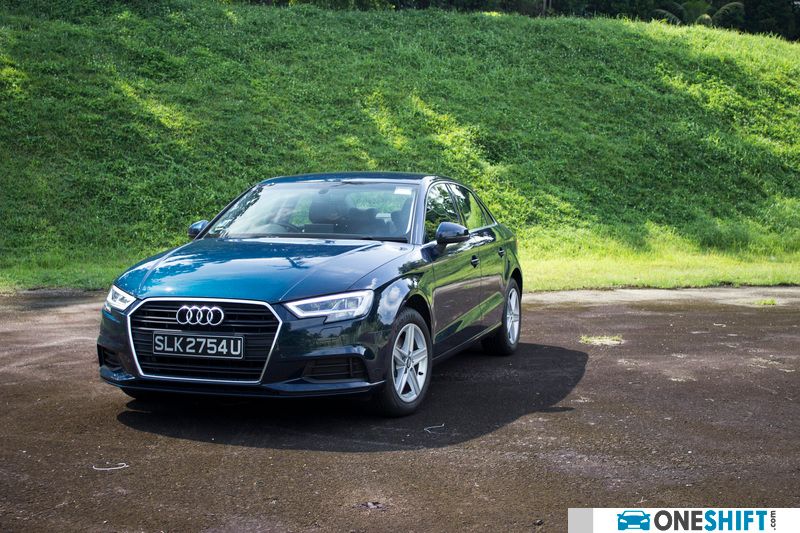
As a person who loves driving, I have always found myself reluctant to part with the authentic experience of driving a petrol powered car. The vibrations, gear changes, and overall driving dynamics of the car all add a tactile element of enjoyment to the driving process. For me, this is the reason I have refrained from owning a hybrid car myself. That said, there are actually numerous cars out there today that present a small engine and turbocharger set up which really work quite well in Singapore’s driving environment. Perhaps the best example of such a setup is with VAG’s 1.4 TSI engines paired with a 7 speed dual-clutch gearbox. Since really making its mark with the Volkswagen Golf MK5, that set up can now also be found on numerous makes and models across the VAG stable of SEAT and Skoda cars. Even when you move further up the range of cars, you’ll find that the same principle has been applied to larger, more premium cars as well, with makers such as BMW, Mercedes, and even Lexus, joining the club of smaller turbocharged engines. The rationale of driving a car with this setup in Singapore is a sound one, and the setup offers unrivalled balance between being punchy enough off the line, having adequate range in the torque band to be a capable cruiser, while also being a lot more fuel economical than naturally aspirated engines - not to mention, more fun to drive too. Fast changing gearboxes like the VAG groups DSG and S-tronic range of gearboxes also really help to keep your rpms low with fast and frequent gear changes under normal driving circumstances, thus helping to maintain good fuel economy. While not new to the market and therefore not really considered a “technological advancement” per se, it is important to note that automakers are keeping this setup alive for now, with the template taking on even more drastic forms with 3 cylinder engines making a comeback in the Audi A3, SEAT Arona and BMW 2 Series Gran Coupe, and the new 7-seater Mercedes GLB200 running a 1.5 litre turbocharged engine. Driving dynamics does not seem to have been compromised though, with both examples offering punchy and spritely drives in relation to their engine size. Last but not least, because of the small engine capacities found in these setups, you’ll also find yourself paying a paltry road tax fee each year. Winner winner chicken dinner.
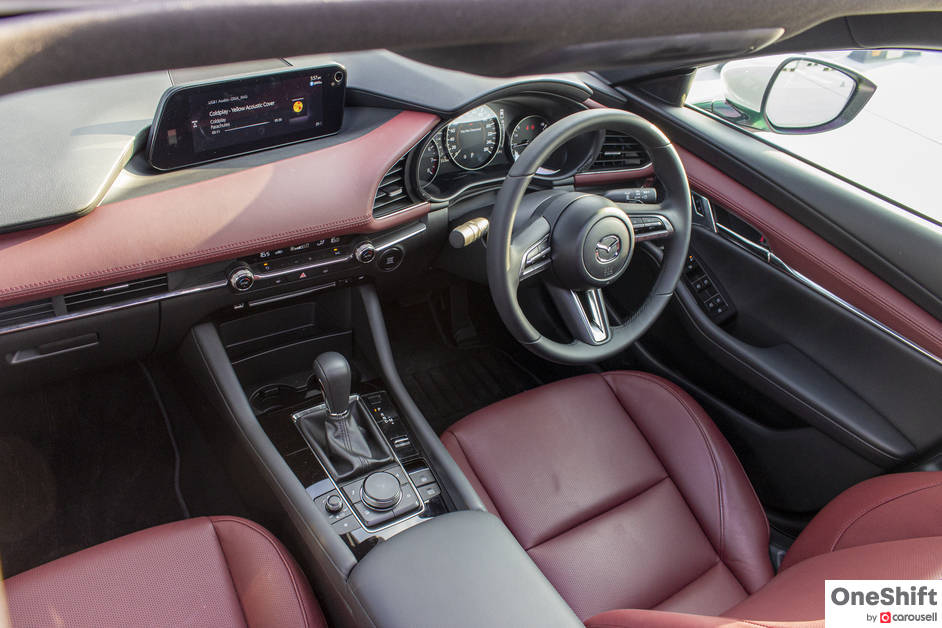
High compression ratio engines are actually not new and have been around for quite some time. The concept is actually a simple one, and makes quite a lot of sense. Essentially, compression rates of an engine refer to the way an engine utilises fuel. A higher compression ratio generally gets more oomph out of the fuel it burns, thus makes more economical use of the fuel used. On the flip side, lower compression engines can lend itself to a smoother and more refined-feeling drive. For reasons unknown, this seems to be that bit of engineering that nobody seems to talk about or want to talk about, and so, has remained under the radar all these years, until the launch of the Infiniti QX50, which boasts a variable compression ratio engine, which basically allows the car to adjust its compression ratio on the fly, based on your current driving situation, thus optimising power and fuel efficiency in the same stroke. People were talking about this for a while, but nobody seems to be talking about it anymore - maybe because not enough QX50s were sold for a case study of its effects to be derived. Nonetheless, variable or not, automakers have been leveraging this concept for awhile, and the most common example of this that goes unnoticed, is actually with Mazda’s Skyactiv engines, which feature a slightly higher compression ratio that similar classed engines. So, if you feel like releasing your inner car nerd, you can dig about on compression ratios, and perhaps see if you can find the engine best suited to your driving style and needs.
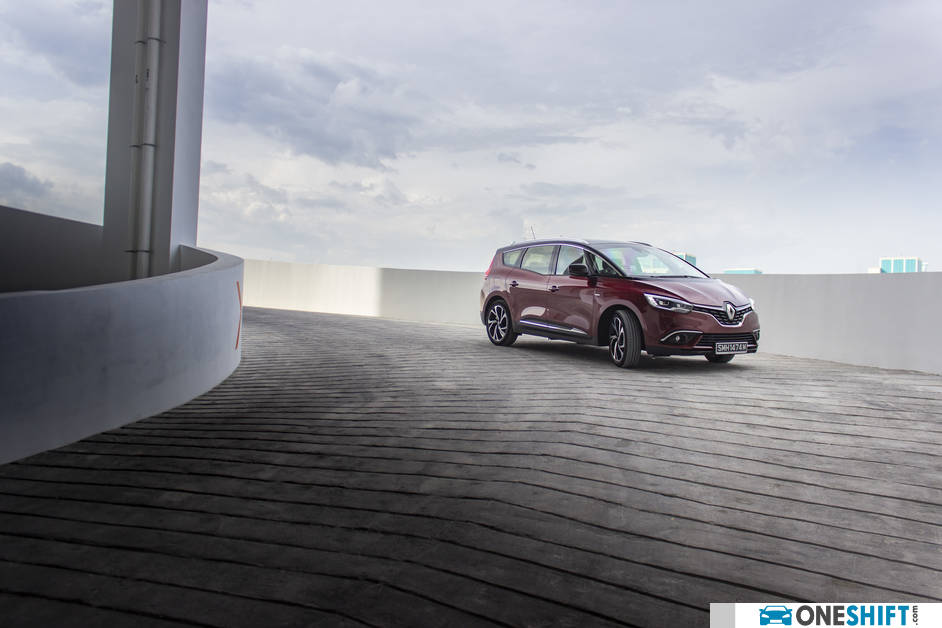
Diesel engines were gaining a bit of a fanbase in Singapore about 10 years ago, but unattractive road tax pricing, and the rise in diesel prices have seen a decline in more recent years. As a format though, diesel engines are actually brilliant. Diesel engines actually work on a similar principle to high compression ratio engines. In fact, diesel engines require a high compression ratio (pressure) to operate and the engines are built with this necessity in mind. This is because contrary to what you see in movies, diesel is actually not very flammable at all, and does not ignite under atmospheric pressure. This is to the extent that if you threw a lit match into a puddle of diesel, the match would just go out - no kidding. Essentially then, diesel requires extremely high pressure before it can ignite. And when it does, diesel as a fuel inherently provides more energy than petrol, thus providing more torque to the car. Personally, I think torque figures are more important than power figures in a place like Singapore. That’s because in Singapore, I don’t need a car with an insane top speed - I need a car that can punch me off the line at the traffic light fast, so that I can squeeze into the turning lane of the upcoming junction. In start-stop driving environments like what we experience in Singapore, a diesel engine providing high levels of torque could actually work very well. The Renault Grand Scenic is one of the few diesel cars on offer in Singapore today.
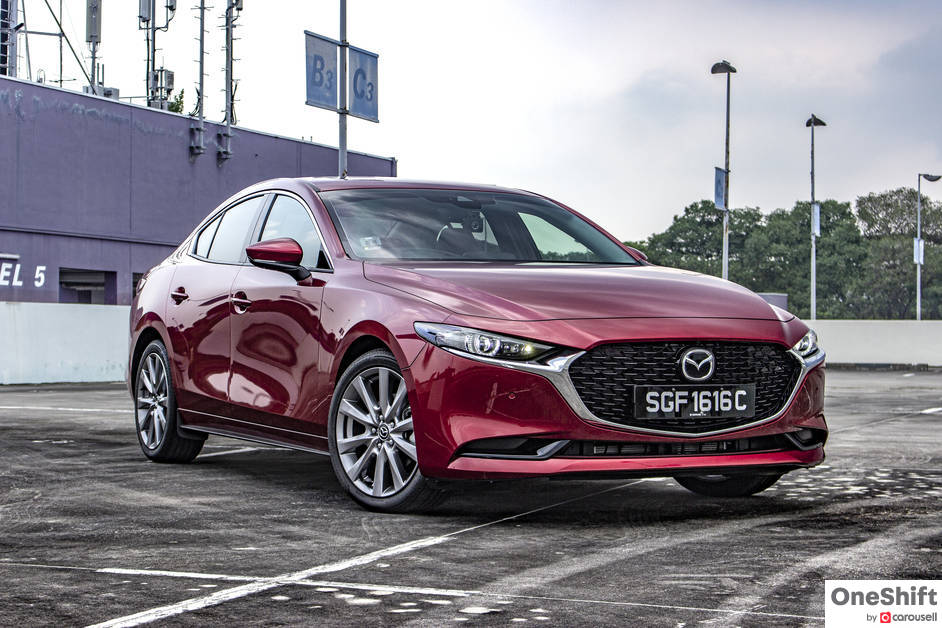
Last but not least, we have our hybrids and mild hybrids, and though they share similar names, they are actually quite different. A hybrid is a car with both an independent electric motor and an independent petrol engine. Both engines can power the car independently of each other, and are usually set up in a way where the electric motor drives the car at lower speeds while the petrol engine takes over at higher speeds. A mild hybrid on the other hand, has an electric motor that runs in tandem with the petrol engine, and is there purely for assistive purposes (like the Mazda 3). It is unlikely powerful enough to power the car on its own. Mild hybrids really offer consumers like us the best of a few worlds. They are more powerful, more fuel economical, and retain all the driving characteristics and dynamics that we love in a petrol car. It is little wonder that a number of the leading automakers have already launched mild hybrids, not just as an option, but as the standard, as seen with the latest Mercedes C200 mild hybrid, which you cannot buy without the mild hybrid capabilities. Other notable automakers who have moved in this direction are Mazda, Audi, Subaru, and Land Rover, with many more sure to follow. However, if you are looking at outright fuel savings and economy, a proper hybrid is definitely still your best option and is unrivalled in range and economy. The only downside is that the electric motors running the car at lower speeds really do make you feel like you are driving an expensive golf cart, and there is a certain disconnect with the way the motor “revs” and the way the car feels on the road - But hey, if economy is your top priority, and you just want to get from point A to point B in the most economical way possible, I don’t think the diminished driving experience will bother you too much either way.
If you are looking for that new car, check out Carousell's new car listings!
If you are planning for something pre-loved, how about some quality used cars for you?
Credits:


Get the Best Price for your used car
from 500+ dealers in 24 hours

- Convenient and Hassle-Free
- Consumer Protection
Transparent Process
With No Obligation
